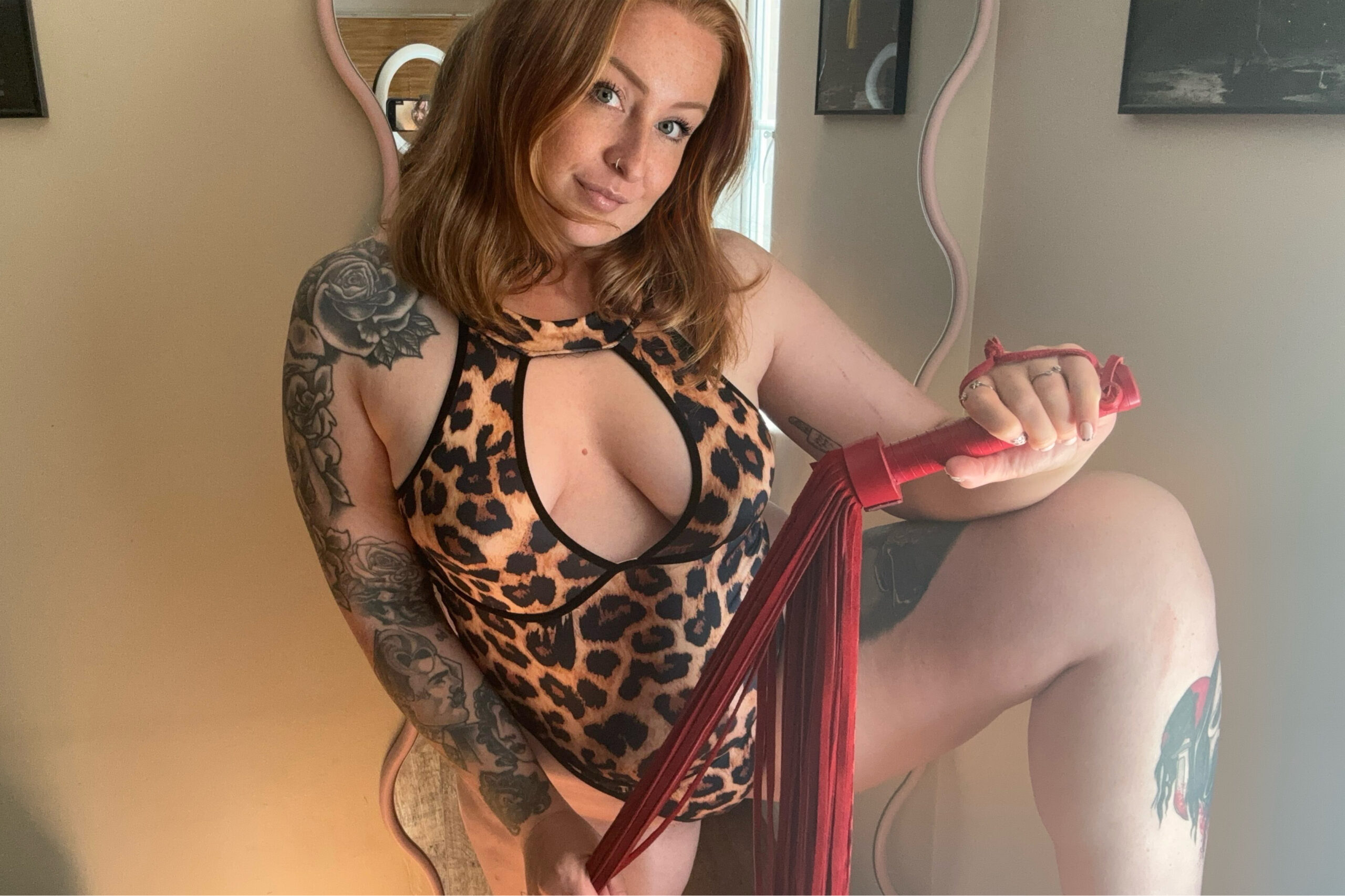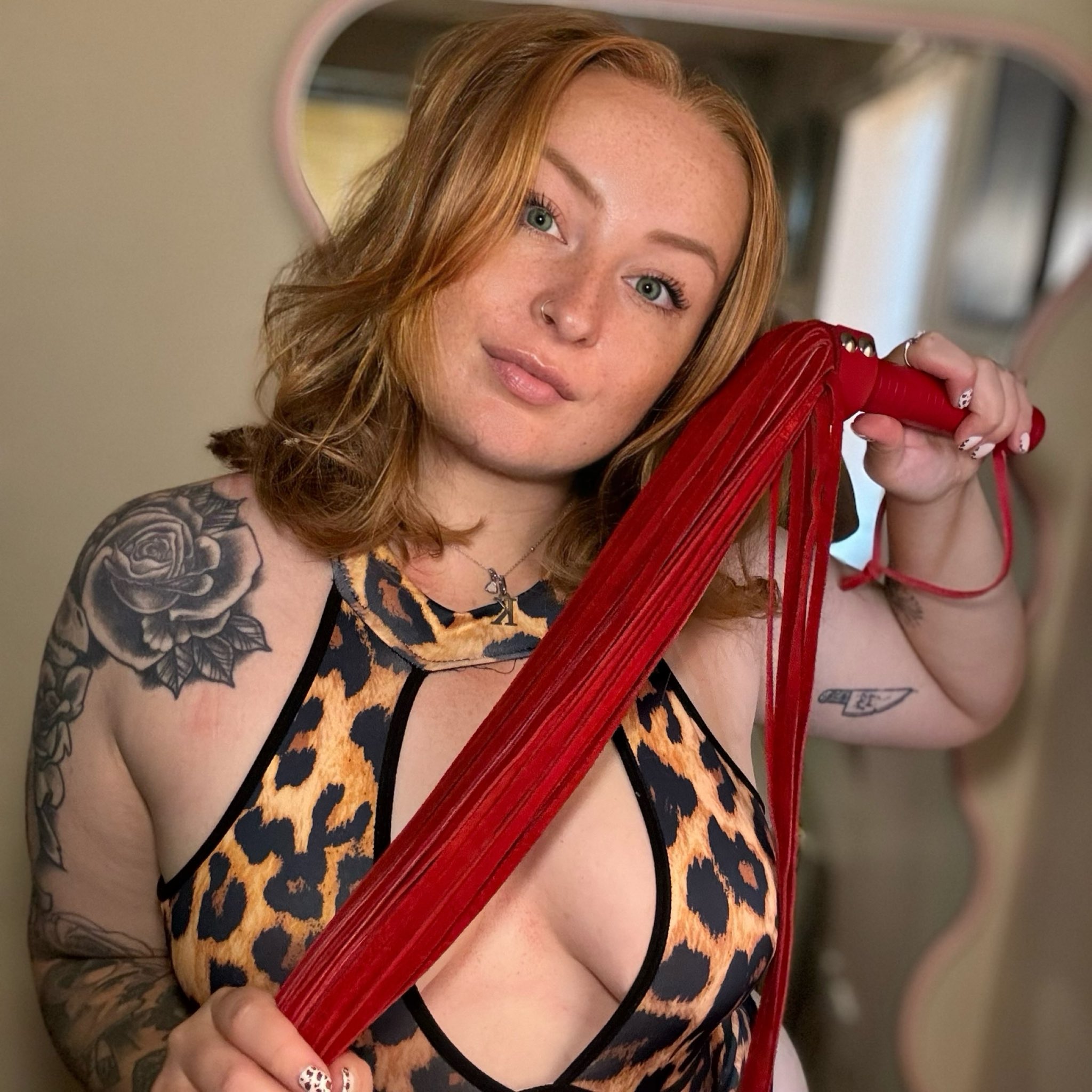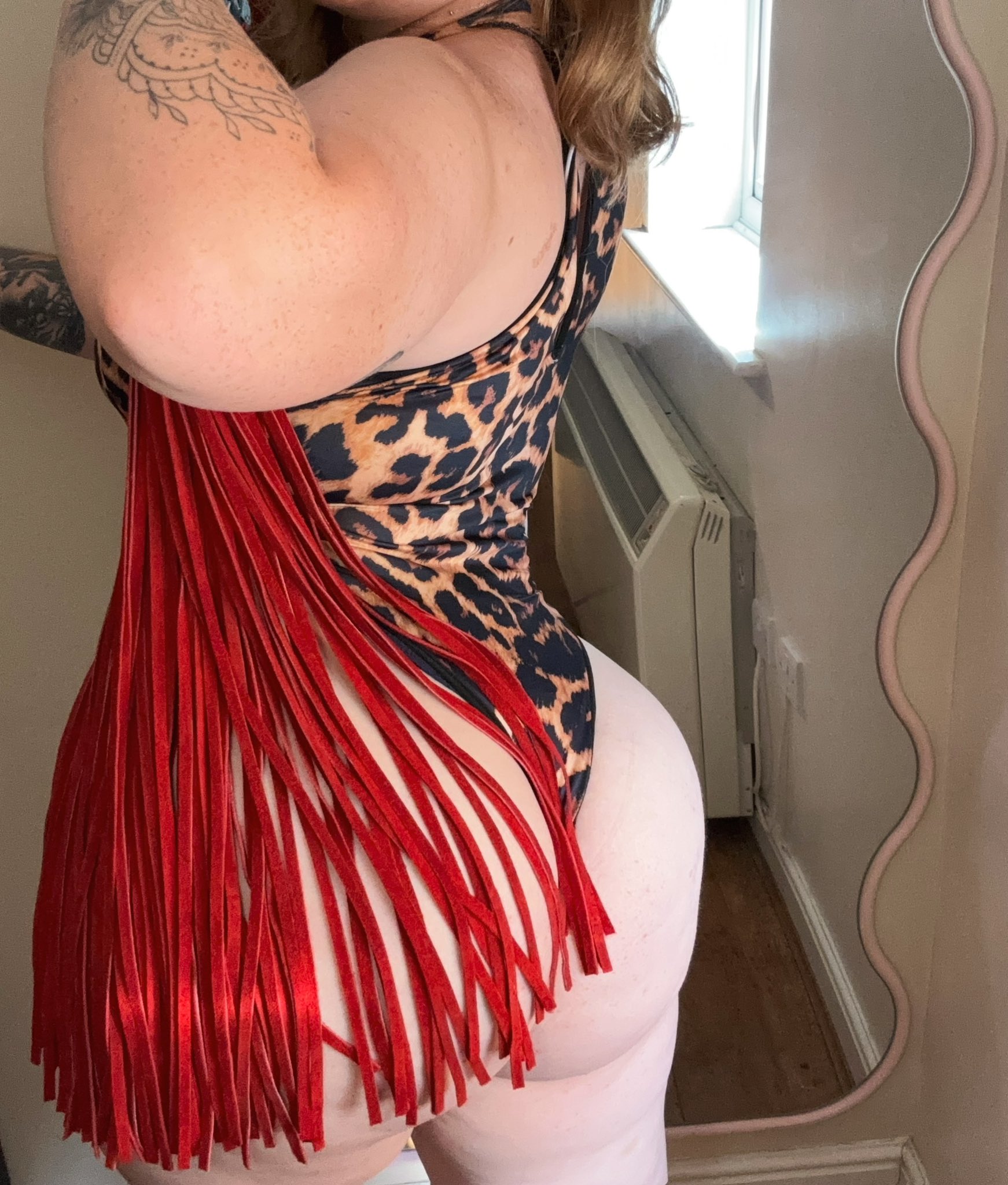Homeovestism Fetish: Exploring The Erotic Appeal Of Same-Gender Clothing
Etymology and Definitions
Etymology plays a significant role in understanding the complexities of language and how words evolve over time. Definitions, derived from the etymological roots of words, provide insight into the historical context and connotations associated with them. In the realm of linguistics, definitions are often nuanced and multifaceted, reflecting the diverse meanings and interpretations that words can take on in different cultures and contexts.

In the specific case of Homeovestism Fetish: Exploring the Erotic Appeal of Same-Gender Clothing, etymology and definitions offer a rich foundation for analysis. The term “homeovestism” itself is derived from a combination of “homo” (similar or same) and “vesting” (clothing or attire), highlighting the concept’s focus on clothing as a form of self-expression and erotic fascination. By examining the etymological roots and historical development of related terms, such as “hetero” and “homosexual,” researchers can gain a deeper understanding of how language reflects and shapes societal attitudes towards same-gender relationships and desires.
Origins of the Term “Homeovestism Fetish”
The term “Homeovestism Fetish” may seem like an obscure and potentially disturbing concept, but it warrants exploration in order to understand its origins and etymological meaning.
Breaking down the term into its components, we find that “homo-” refers to something related to or resembling a man, while “-ves-” is derived from the Latin word “vestis,” meaning garment or clothing. The suffix “-ism” denotes a practice, ideology, or condition. Combining these elements, Homeovestism Fetish can be broadly defined as an erotic fascination with the same-gender wear of others, particularly in the context of traditional masculine attire such as suits, dresses, and other garments typically associated with one’s own gender.
From a historical perspective, the concept of fetishizing clothing related to another person’s gender identity may have originated from ancient cultures that practiced ritualistic or symbolic dressing practices. For example, certain societies have historically associated specific garments with spiritual or mystical significance, blurring the lines between functional and symbolic meaning.
In modern times, the Homeovestism Fetish has likely developed as a response to societal norms around gender expression and clothing. The erotic appeal of same-gender clothing may stem from its perceived contrast with traditional expectations of masculine and feminine attire, creating a sense of excitement or curiosity in those who explore this fetish.

It is essential to approach discussions of the Homeovestism Fetish with sensitivity and awareness of the cultural context in which it emerges. Understanding the historical, social, and psychological factors that contribute to its appeal can provide valuable insights into human desire and the complexities of human sexuality.
Prevalence and Demographics
Homeovestism fetish, also known as homofetish clothing or same-gender clothing fetish, refers to a sexual attraction or fascination with clothing typically associated with the opposite sex, specifically garments worn by members of the same gender. This phenomenon has been observed in various cultures and societies, although its prevalence and demographics are not well understood.
Identifying Homeovestism in the General Population
Homeovestism, also known as feminine-masculine or androgynous fetishism, refers to an erotic attraction towards clothing typically associated with the opposite sex, particularly in women. This fascination can manifest in various ways, including but not limited to, wearing traditionally masculine attire, such as suits, ties, and boots, or incorporating elements of femininity into masculine clothing, like adding lace or ruffles.
Research on homeovestism is scarce, and the prevalence of this fetish within the general population remains unclear. However, a 2017 study published in the Journal of Sex Research estimated that approximately 1.3% of women in the United States have engaged in behaviors related to feminine-masculine expression, although this figure may not specifically pertain to homeovestism. A 2020 survey conducted by the online fetish community, FetLife, reported that among its members, 2.4% identified as having a homeovestistic fetish.

Demographically, individuals with homeovestistic tendencies tend to skew towards younger adults and those with higher education levels. The same FetLife survey found that 55% of respondents aged 18-24 reported having a homeovestistic interest, compared to 27% of those aged 25-34 and 15% of those aged 35-44. In terms of educational background, 61% of respondents with a college degree or higher identified as having a homeovestistic fetish, highlighting a possible connection between cognitive development and the exploration of non-normative gender expressions.
Psychological and Neurological Aspects
The human fascination with clothing as a source of pleasure and arousal is a complex phenomenon that has garnered significant attention in recent years. Beyond its functional purpose, clothing can evoke strong emotional responses and trigger intense desires. In the context of same-gender attire, particularly when worn by individuals of the opposite sex, homeovestism fetish has emerged as a captivating and intriguing topic for exploration. This phenomenon involves the attraction to clothing that is typically associated with one’s own gender identity, leading to feelings of excitement, arousal, and often, a deep sense of satisfaction.
Underlying Motivations and Desires
The Homeovestish fetish is a complex and multifaceted phenomenon that has gained significant attention in recent years. At its core, it revolves around the erotic appeal of same-gender clothing, specifically those worn by individuals of the opposite sex. This fixation often stems from a deep-seated fascination with the idea of dressing like someone of the same gender, blurring traditional notions of masculinity and femininity.
From a psychological perspective, Homeovestish fetish can be seen as an expression of repressed desires or fantasies that individuals may not feel comfortable exploring in their waking lives. It may also be a way for people to cope with societal expectations and norms surrounding gender roles and identity. The attraction to same-gender clothing can serve as a form of escapism, allowing individuals to temporarily transcend the constraints of their own bodies and identities.
Neurological aspects of Homeovestish fetish are still not fully understood, but research suggests that it may be linked to activity in areas of the brain associated with objectification, fantasy, and arousal. The thrill of wearing clothes typically associated with the opposite sex can stimulate a strong response, releasing dopamine and endorphins that contribute to feelings of excitement and pleasure.

Underlying motivations for engaging in Homeovestish fetish may vary widely depending on individual circumstances. For some, it may be a way to experience a sense of power or dominance, while others may find it to be a means of exploring their own identity or sense of self-expression. Additionally, the availability and accessibility of same-gender clothing can play a significant role in shaping an individual’s desires and preferences.
It’s also worth noting that Homeovestish fetish often intersects with other kinks and fetishes, such as cross-dressing, androgyny, or drag culture. As such, exploring these themes can provide valuable insights into the complexities of human desire and the ways in which individuals navigate their own identities and attractions.
Societal and Cultural Influences
Societal and cultural influences play a significant role in shaping our perceptions, behaviors, and preferences surrounding language, including English. Cultural norms, social expectations, and historical contexts all contribute to the evolution of language, influencing how we communicate, express ourselves, and interpret the world around us.
Historical Context and Cultural Significance
The phenomenon of homeovestism fetish, where individuals derive erotic appeal from wearing clothing typically associated with their opposite sex, is a complex issue that warrants exploration through the lens of societal and cultural influences, historical context, and cultural significance.
- Historical Context:
- Societal and Cultural Influences:
- Cultural Significance:
- Psychological Aspects:
- Clinical and Therapeutic Perspectives:
- Cultural and Social Implications:
The association of certain garments or accessories with specific genders has been shaped by centuries of social norms, cultural traditions, and power dynamics. For instance, the corset was initially worn by both men and women in 18th-century Europe but became a staple for women as it symbolized femininity and modesty. Similarly, pants were initially considered masculine attire and only later adopted by women as a symbol of equality.
Contemporary societal pressures to conform to binary gender norms can contribute to the allure of homeovestism fetish. The emphasis on distinguishing between masculinity and femininity can make certain garments appear more alluring or exotic when worn by individuals of the opposite sex. This phenomenon is also influenced by cultural representations in media, such as films, television shows, and advertising, where characters are often portrayed wearing clothing that blurs traditional gender lines.
The significance of homeovestism fetish lies not only in its representation of non-conformity but also in its subversion of power structures. By adopting traditionally feminine or masculine attire, individuals can reclaim and redefine what it means to be a man or woman, thus challenging dominant narratives and societal expectations.
Possibly the homeovestism fetish stems from psychological need for self-discovery or exploration of repressed desires. The use of clothing that is not associated with one’s gender can provide an outlet for individuals to experiment with new identities, roles, and expressions.
Homeovestism fetish can be considered a form of paraphilia, where the primary focus is on non-reproductive and often unconventional sexual interests. Clinicians might approach this issue by examining the underlying psychological or emotional needs driving these desires rather than solely addressing the fetish itself.
The cultural and social implications of homeovestism fetish are multifaceted and far-reaching, reflecting broader discussions around identity, power dynamics, representation, consent, and societal expectations. Understanding the complex interplay between historical context, individual motivations, and societal influences is crucial for navigating these issues.
Risks and Concerns
Risks and concerns surrounding any form of fetish or kink in sexual expression are multifaceted and warrant careful consideration. While exploring one’s desires and boundaries through homeovestism, a fetish that involves an erotic appeal of same-gender clothing, is essential for individuals to prioritize their well-being and safety. This includes being aware of the potential risks associated with this fetish, such as social stigma, judgment from others, or even exploitation within the fetish community itself.
Potential Consequences of Homeovestism
The exploration of same-gender clothing, particularly in the context of homeovestism fetish, raises several risks and concerns that should not be overlooked. One of the primary concerns is the potential for individuals to become deeply invested in a particular type of clothing or persona, leading to an unhealthy fixation that can interfere with other areas of their life.
Another risk associated with homeovestism fetish is the possibility of social isolation. Individuals who engage in this practice may choose to withdraw from social interactions or relationships outside of their fetish community, potentially leading to feelings of loneliness and disconnection.
The potential consequences of homeovestism fetish can also extend to mental health. The pressure to maintain a certain image or persona can lead to anxiety, body dysmorphia, and other psychological issues. Additionally, the fetish itself may be linked to power dynamics, consent, and exploitation, particularly if individuals engage in role-playing or power exchange without proper boundaries.
Furthermore, the rise of homeovestism fetish online has raised concerns about exploitation and objectification. Social media platforms can create an environment where individuals are commodified and reduced to their fetishized image, rather than being respected as whole people.
It is essential to approach this topic with a nuanced understanding of the risks and consequences associated with homeovestism fetish. By acknowledging these concerns and promoting healthy practices and boundaries, we can work towards creating a more respectful and supportive community for individuals who engage in this practice.
Buy duo penetrator toys for enhanced pleasure at Peaches and Screams Discover Cobeco products for unique and high-performance toys at Peaches and Screams Explore medium butt plugs for comfortable pleasure at Peaches and Screams Explore Kegel exercise products at Peaches and Screams Shop World Wigs for fun and daring roleplay accessories at Peaches and Screams Shop cheap sexy lingerie for irresistible savings at Peaches and Screams Shop strapless strap-ons for hands-free pleasure at Peaches and Screams
Crimson Hill Democracy Defense Coalition On the Carpet Live Your Vows Dr. Nerina Muses
- Why Are My 11 Lines So Deep? - November 16, 2025
- What Is Tear Trough Filler - November 13, 2025
- Weed Infused Sodas With The Best Afterglow - November 12, 2025
